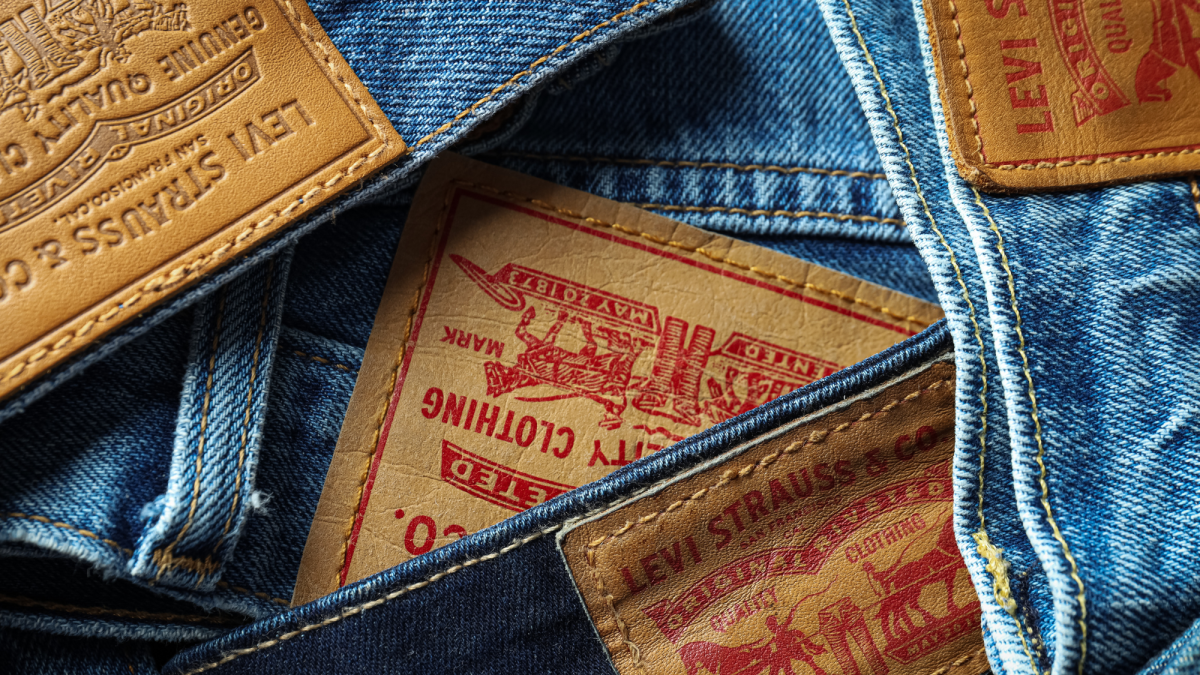The flip side of fast fashion
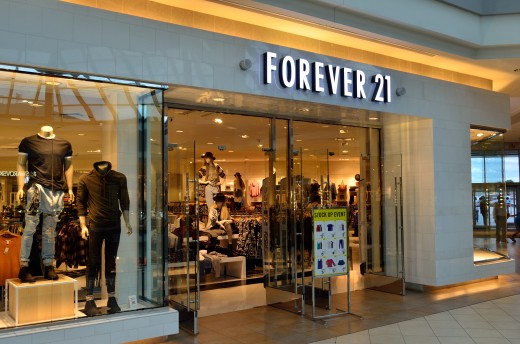
Shopping at street fashion stores like H&M and Forever 21 can be a quite a delightful experience considering the fact that one can get hold of the latest runway fashion apparel without burning a hole in the pocket. While flicking through the clothes, people might wonder how these brands are flourishing even with such low prices, but the thought somehow gets lost in the huge pile of clothes.
Amancio Ortega Gaona, chairman of the Inditex fashion group, best known for its chain of clothing, Zara is the second richest man in the world. This might give an impression of a company with happy and thriving employees, but the reality is painfully gruesome.
A Race to the Bottom
In the past twenty to thirty years a “race to the bottom” has changed the garment industry. Utilizing abundant and affordable labor in developing nations allows firms to increase production speed and volume.The fast fashion business model seems a natural fit for the changing consumer values. With a highly elastic demand and a higher value on quantity than quality, firms such as Forever 21 or Topshop have dramatically increased supply which causes prices in the fast fashion industry to decline.
Despite growing recognition for the unrealistically cheap prices in fast fashion stores, the market currently welcomes fast fashion despite its flaw.Fast fashion firms minimize costs in order to sell large volumes of clothing at a minimal mark-up; this strategy allows firms to gross enormous profits at the expense 37 of quality, design integrity, and worker well-being. It is the strategic combination of design piracy and low production cost that is doing the magic for these brands.
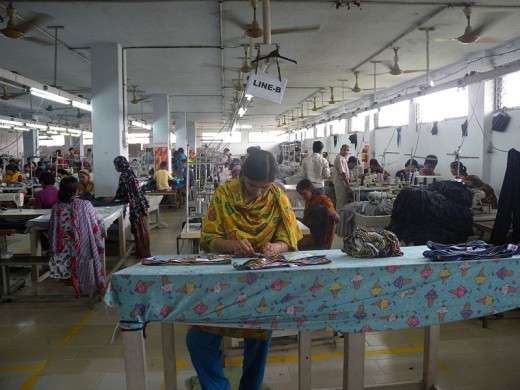

Social Impact of Fast Fahion Brands
1- Poor working conditions for labour- Unstable factories, fire hazards, child labor, unpaid overtime, withheld wages, and long hours are just the beginning of labor issues facing the fashion industry. A documentary crew found a factory in Honduras forcing women to take oral contraception and terminating any pregnancies in order to prevent women from missing work. Workers at that same factory told documentary makers that they were often not paid, forced to work overtime, and screamed at or fired without cause. Many factories do not provide labor contracts to workers which limits employee access to training, maternity leave, medical leave, pensions, safety equipment, and other benefits
2- Child labour- Child labour is a particular issue for fashion because much of the supply chain requires low-skilled labour and some tasks are even better suited to children than adults. In cotton picking, employers prefer to hire children for their small fingers, which do not damage the crop.
3- Irresponsible consumer behaviour - Due to low prices, buyers indulge in impulsive shopping. Factors in the store environment are also likely to induce impulsive buying behaviour. Consumers rely on the shopping environment for heuristic cues to help them choose a product. Scarcity can be viewed as a cue-based and an attention-based approach for consumers in the shopping environment. The short product lifespan in fast fashion retailers is also one of the factors that could influence impulse buying.

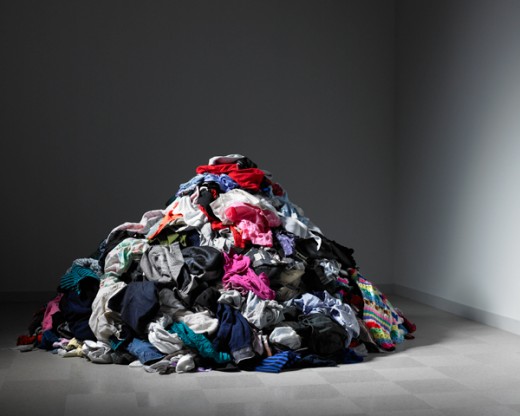
Environmental Impact
1- Disposal- People seem to find that it is simply easier to throw that once worn t-shirt from last season into the trashcan than it is to take it to a donation center. On average, about 65 pounds of clothing and textiles a year are improperly discarded, and only an eighth of that goes to charities for reuse
2- Pollution-The wasted clothing ends up hanging out in landfills where it stays and pollutes the ground and water. Fast fashion clothes are manufactured using synthetic, inorganic materials. The production of this clothing is a large source of deadly carbon emissions. It uses chemical and energy demanding processes which require large amounts of oil and produce nasty by products which get into the water.
3- Unsustainability- Sustainability regarding clothing has been defined as ideally meeting current consumer needs with clothing produced, transported, sold, used, and discarded without adversely affecting people or the planet now or in the future. Fast fashion and sustainability are an oxymoron. The whole idea behind fast fashion is to churn out cheap new collections and stimulate consumption, and there’s nothing sustainable about that. It’s impossible to produce ethical, eco-friendly clothing at the quantity and rate that fast fashion demands while maintaining genuinely high and environmentally sustainable standards
4- Carbon footprint- Fashion is the second largest polluter. The fashion carbon footprint is tremendous. Determining that footprint is an overwhelming challenge due to the immense variety from one garment to the next. A general assessment must take into account not only obvious pollutants-the pesticides used in cotton farming, the toxic dyes used in manufacturing and the great amount of waste discarded clothing creates but also the extravagant amount of natural resources used in extraction, farming, harvesting, processing, manufacturing and shipping.
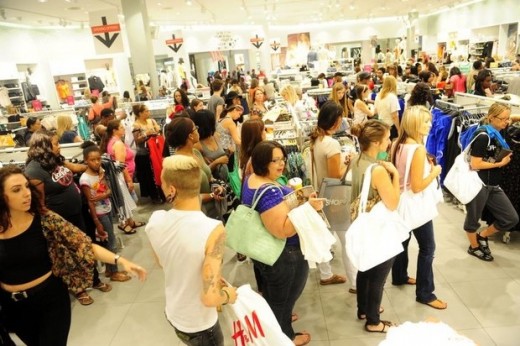
Economical impact
1-Intellectual rights- The goal of intellectual property protection is to encourage innovation by offering protection for the creator. Lack of intellectual property protection benefits the fast fashion industry because it allows them to freely copy whole designs which maximizes profit potential and minimizes research and development costs. Trademark is the strongest form of intellectual property protection for fashion designers, which is why products are often splashed with brand names and logos. Counterfeit products aim to trick the consumer into believing that it is a “real” product. Counterfeiting is illegal but it remains a 600 billion dollar global industry resulting in an estimated 250 billion dollar in profit loss for US companies alone.
2- Hampers innovation- Copying is cheaper than innovating. Saving money on research and development allows for a larger profit margin. If a firm can hire one person to recreate someone else’s design then why should they employ an entire creative team of visionary designers? Copying designs allows fast fashion firms to limit research and development expenses while piggybacking off the success of established or popular designs.
3- Employment- According the Bureau of Labor Statistics, in 2012 there were 22,300 jobs for fashion designers and the job outlook for the next ten years is in decline by about 51%. Employment in the apparel manufacturing industry is preventing overall employment of fashion designers from increasing. Strong competition for jobs is expected because of the large number of people who seek employment as fashion designers and the relatively few positions available.
4- Rapid Demand Cycles- Firms demand products to be produced faster and faster. Manufacturers take on every order to maintain good relationships with large businesses; it is not in the best interest of the manufacturer to turn away any orders. When contractors cannot keep up with demand they illegally subcontract work to other firms without the permission of the business. Unapproved subcontractors typically offer the worst possible labor conditions. The increase in consumer demand from fast fashion results in higher demand for factories. Firms, as a result, construct factories quickly and with little regard for safety and proper permits and engineering.
5- Poor Labour markets- Due to limited job opportunities and the pressure to earn sustenance, labour markets in developing countries are monopsony structures. A traditional monopsony occurs when one firm controls the entire labor demand; thereby employing the full labor supply and restricting the bargaining power of workers. Monopsony structure results in dead weight loss and employment levels and wages that are less than optimal in a perfectly competitive labor market. Monopsony markets also result in exploitation because firms set wages below the value of marginal product of labor.
Will you indulge in shopping at fast fashion outlets?
So next time before buying any merchandise which you feel is 'reasonably' priced, weigh in all the costs, not just monetary and then decide if the benefits outweigh the humungous costs borne by the society.


